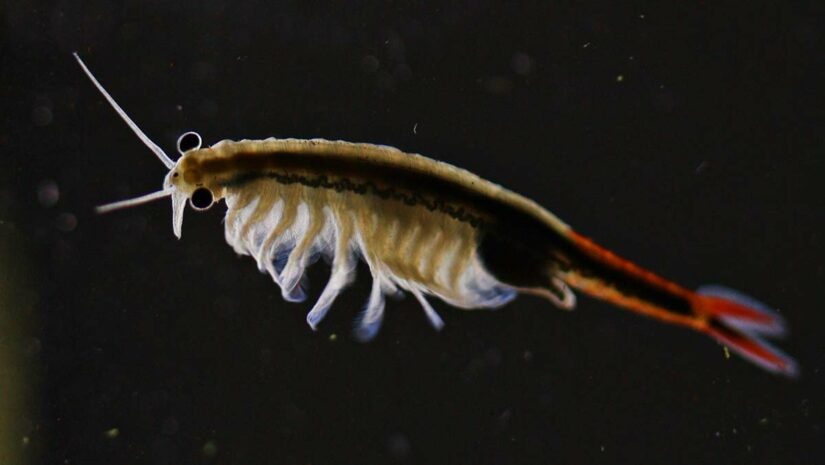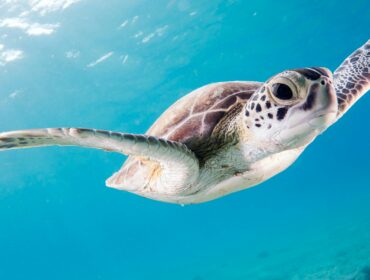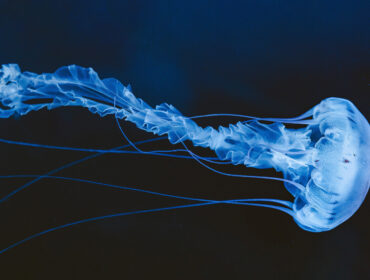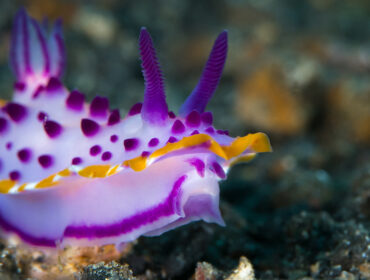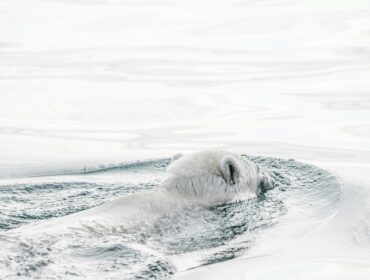The sea is home to a variety of diverse life. Among these life forms, crustaceans are classified as a group of arthropods with a hard exoskeleton and a segmented body. The most plentiful of these arthropods dwell in the ocean, and these tiny crustaceans are commonly known as the “insects of the sea.” Crustaceans are plentiful in the sea and other bodies of water, with thousands of varieties ranging in all sizes. As prey for much larger creatures, these five tiniest crustaceans are a great source of food for an array of marine life.
What are Crustaceans?
Crustaceans are a diverse group of arthropods that inhabit both aquatic and terrestrial environments. They include familiar creatures like crabs, lobsters, shrimps, and barnacles. With over 67,000 known species, crustaceans display a wide array of shapes, sizes, and behaviors. They possess segmented bodies protected by a hard exoskeleton, which they periodically shed to grow.
Crustaceans have jointed appendages and most exhibit bilateral symmetry. They play crucial ecological roles as both predators and scavengers, contributing to nutrient recycling and maintaining balanced ecosystems. Additionally, many crustaceans serve as a vital food source for humans, supporting fisheries worldwide and adding a delectable element to our culinary experiences.
5 Examples of Tiny Crustaceans
Stygotantulus Stocki
The smallest arthropod in the sea, Stygotantulus can reach 0.1 millimeters long. This is the tiniest crustacean and is so small you won’t see it with the naked eye! Stygotantulus stocki is named after Dutch discoverer, Jan Hendrik Stock.
Water Flea
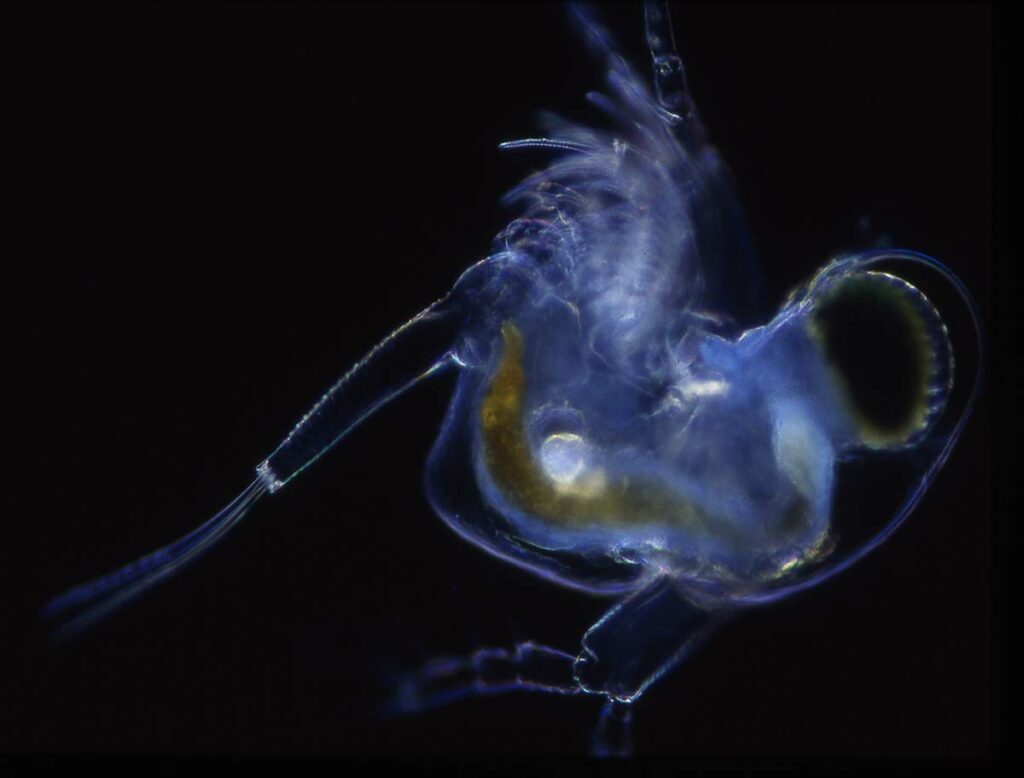
The smallest water fleas can be as small as 1/125th of an inch. The water flea’s outer shell is see-through and all internal organs are visible through its body. Water fleas are among the tiniest crustaceans, but get their name from their bouncing motion across the water, like a land-bound flea.
Fairy Shrimp
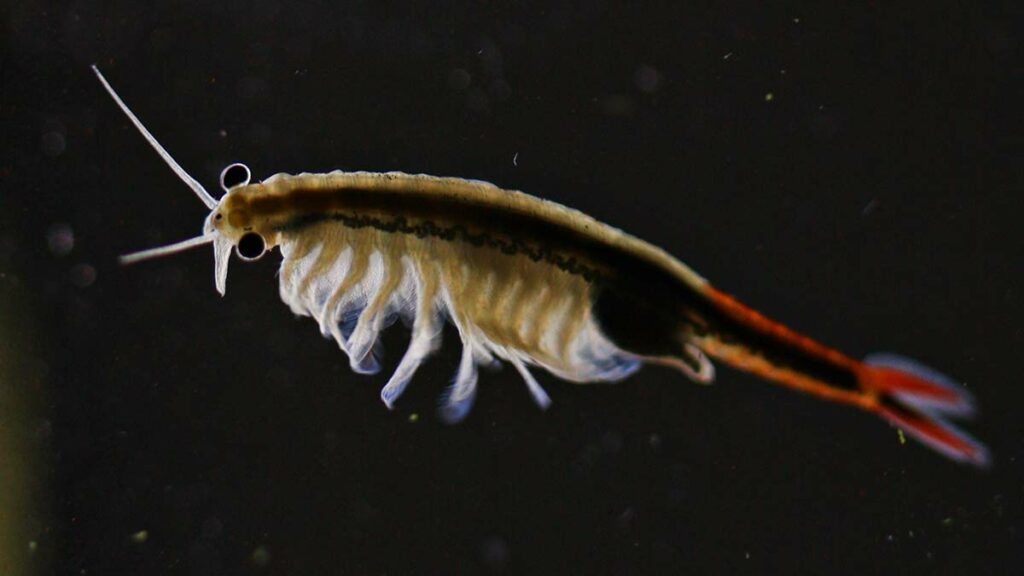
Among the tiniest crustaceans is the fairy shrimp, or anostraca. These small arthropods have bright colors and resemble fairies who dance in the water. They can grow anywhere from 6-25 millimeters long as adults and there are more than 300 different varieties of these small creatures.
Brine Shrimp
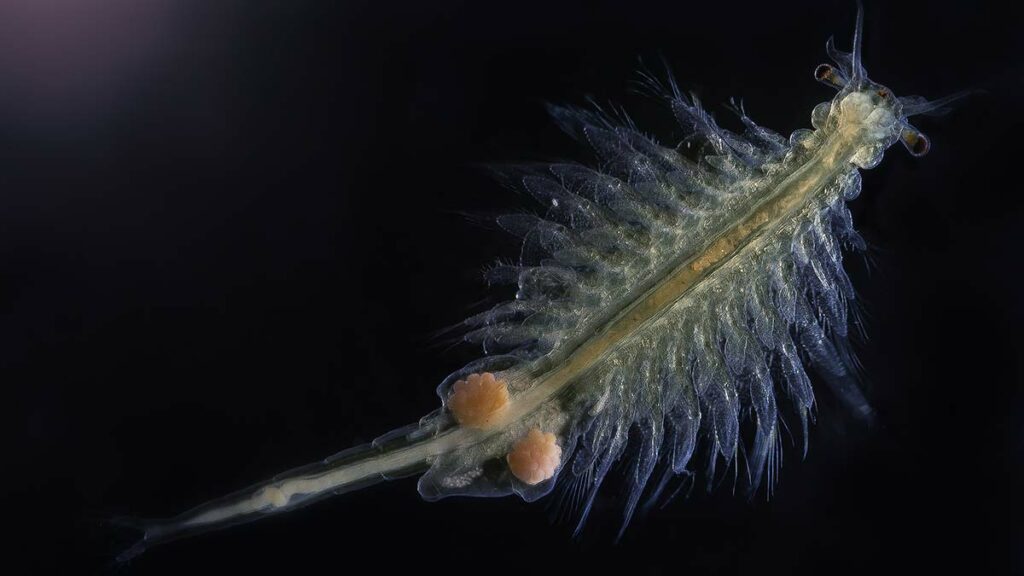
Brine shrimp, or Artemia, are found in seas, but not all oceans. They have the unique ability to endure a high amount of salinity and are between 8-10 millimeters when fully grown. Brine shrimp are the standard organism for scientifically testing the toxicology of chemicals due to their durability and resilience.
Krill
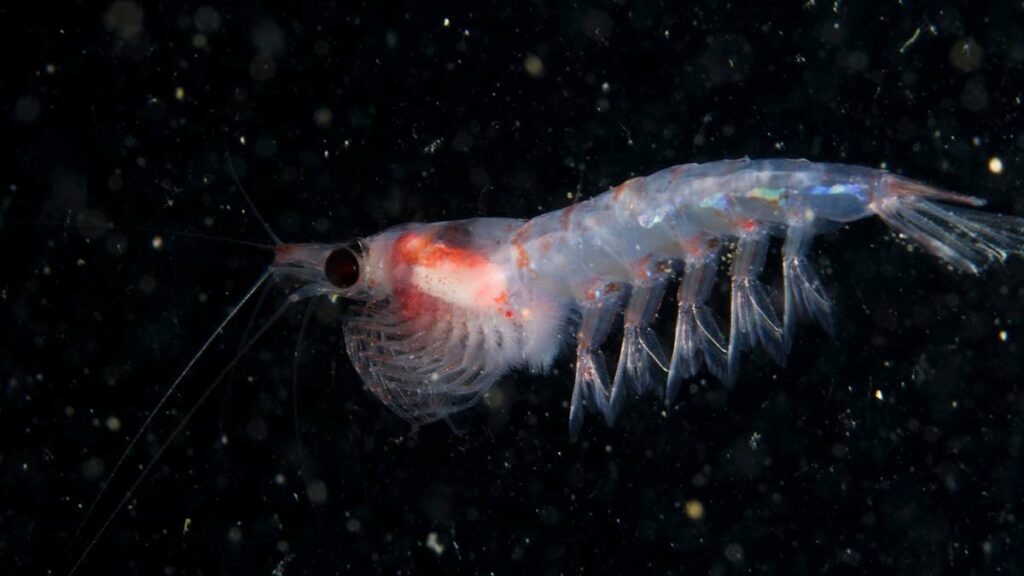
Krill are so plentiful, they are found in all of the oceans in the world. They are near the bottom of the food chain and can grow to about 1 centimeter in length.
Conclusion
While often overlooked due to their small size, tiny crustaceans play a significant role in the intricate web of life. These minuscule creatures, ranging from the fairy shrimp to krill, are the unsung heroes of our oceans, freshwater ecosystems, and even damp terrestrial environments. Their immense numbers and varied adaptations make them key contributors to nutrient cycling, food webs, and overall ecosystem health. These diminutive crustaceans have a profound impact on human life, from supporting commercial fisheries to influencing climate regulation through their participation in carbon sequestration. Understanding and appreciating the importance of these tiny crustaceans is crucial for both ecological conservation and sustainable resource management.

